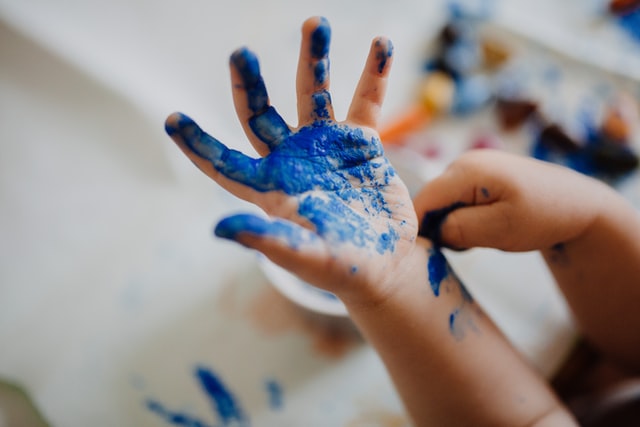Thoughts on PLAY Summit

A smidgeon of the things I’m thinking about:
Maggie Dent:
- We make no big deal of a child falling when they are learning to walk. We view it as a natural part of the process. Let’s keep that perspective about the falls and fails our children will have as the process of learning and growing. Also, you can’t tell a flower when to bloom. Notice how you will plant seeds and different flowers bloom at different times. Children are the same. They have different strengths and abilities, and it doesn’t make sense to compare them.
- The first five years are critical for learning it’s okay to be angry, disappointed, and sad – the kinds of feelings adults who love children often wish they could reason away for them. We all have these feelings. Validate these feelings. Doesn’t it feel yucky inside? And let them know you are willing to sit in the discomfort of the feeling with them until the feeling passes.
- Help strengthen children’s neural pathways of calmness by creating calm spaces without hurry or sensory overload. Slow down. Get quiet and still. Limit the visual noise too.
- The most important thing we can do for our children is connect. Children are wired to learn, and we need to get out of the way of that and focus on relationships.
Akilah S. Richards:
- Name it and face it. Name your own mistakes, mess-ups, fails with your children to model it okay not to be perfect and to build trust.
- Draw upon that big love you feel and ask for consent rather than force children to do things against their will. Partner with them.
- Trust builds influence.
- Know your triggers in order not to weaponize your feelings with your children. Take the responsibility from your children for your triggers and own them as your own stuff to work on.
- It takes a village to raise (us all). Take yourself off the hook for being the one and free yourself to do you; know you are enough. This raising thing is a WE thing.
Lisa Murphy:
- When with children, be more, do less. Observe, observe, observe. When you can’t help yourself but to get in there and do, ask yourself: What am I doing? Why am I doing it? Who am I doing it for?
- Tells story of trying to make 3 year olds line up before she will open the door to let them go outside. Why?
- A child is just so so close to figuring out the fulcrum point to balance the block. If you could just show them … Don’t. Children learn from doing!
- Schools, teachers, co-ops: Have a vision, mission and be that … don’t fall into the false notion that to increase enrollment I need to say I’m this for this person and that for another. And don’t spend a 3 hour tour defending it. Be proud and celebrate it! Promote and attract!
- Get back to the basics – CARE! Connect!
- Control the environment and not the children. Biting, screaming, hitting, throwing, kicking are 100% developmentally appropriate and also not socially acceptable. Adults assist children in doing things that are more socially acceptable through modeling.
Caitlyn McCain:
- Have the conversation about what is happening in the world. Your children are exposed to it whether you do or not.
- Slow down and make space. Silence is powerful.